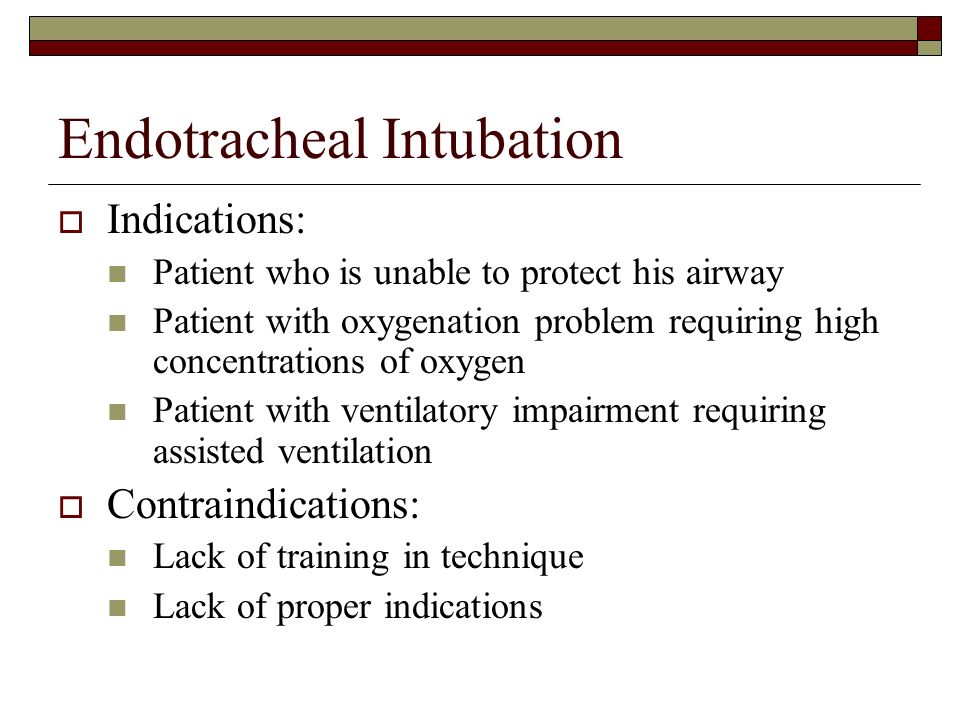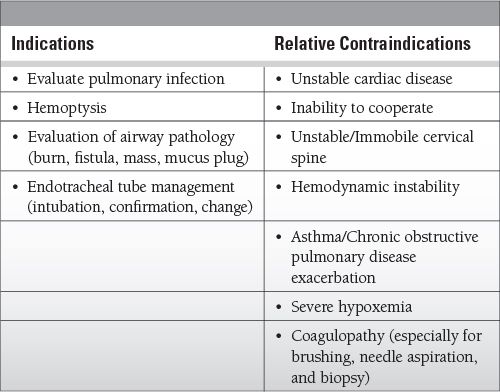
Indication Of Endotracheal Tube. Endotracheal intubation is the placement of a tube into the trachea either orally or nasally for airway management. Indications of endotracheal intubation in pediatric patients if the child trauma patient is awaking talking or crying being able to maintain breathing he nasal cannula. With general anesthesia the muscles of the body including the diaphragm are paralyzed and placing an endotracheal tube allows the ventilator to do the work of breathing. Ei maintains an open airway and helps prevent.

Endotracheal intubation is the placement of a tube into the trachea either orally or nasally for airway management. Endotracheal intubation for resuscitation of the newborn is indicated if bag mask ventilation has been prolonged or is ineffective or if chest compressions are indicated. The recommendations for endotracheal intubation are preceeded by a short history of intubation basic anatomy of the upper airway in infants and children and the most common methods of airway control. To be able to ventilate the lungs the air must be free to enter and exit the lungs. The main indications for intubation are airway protection and control of the airway. Indications of endotracheal intubation in pediatric patients if the child trauma patient is awaking talking or crying being able to maintain breathing he nasal cannula.
Endotracheal tube indications an endotracheal tube is a tube that is placed through the nose or mouth and inserted down the trachea into the lungs.
With general anesthesia the muscles of the body including the diaphragm are paralyzed and placing an endotracheal tube allows the ventilator to do the work of breathing. Endotracheal intubation for resuscitation of the newborn is indicated if bag mask ventilation has been prolonged or is ineffective or if chest compressions are indicated. Endotracheal tube indications an endotracheal tube is a tube that is placed through the nose or mouth and inserted down the trachea into the lungs. The tube is usually connected to a machine called. There are a number of indications for placement of an endotracheal tube that can be broken down into a few broad categories. With general anesthesia the muscles of the body including the diaphragm are paralyzed and placing an endotracheal tube allows the ventilator to do the work of breathing.